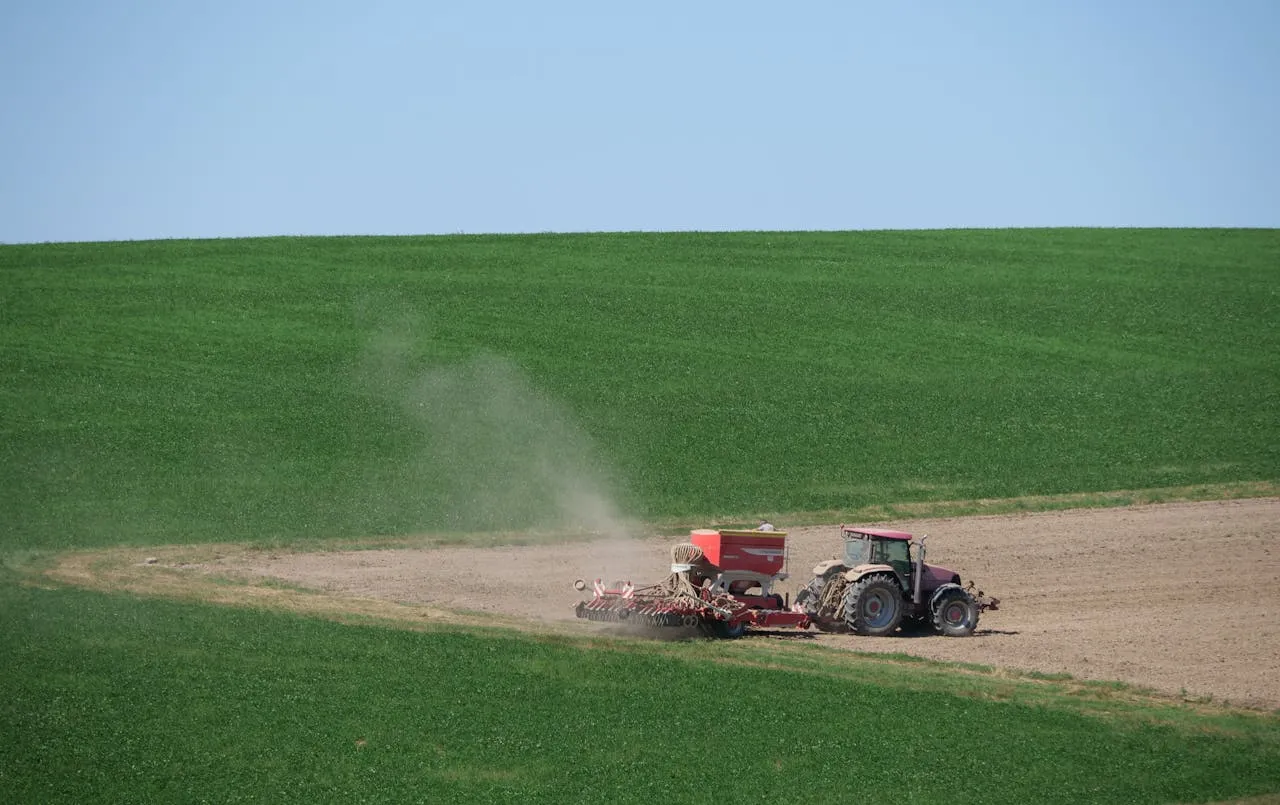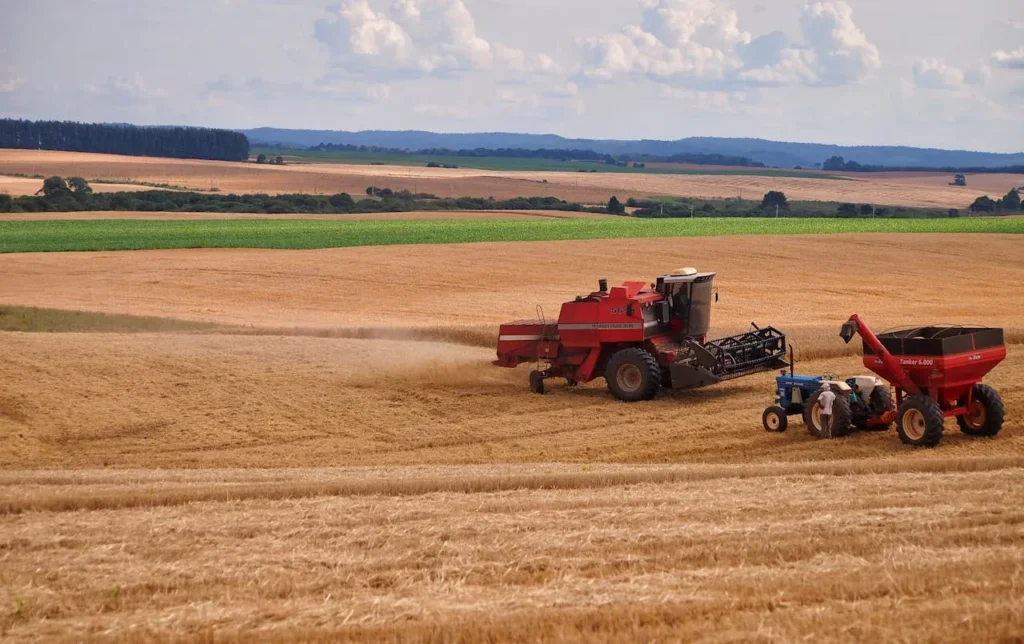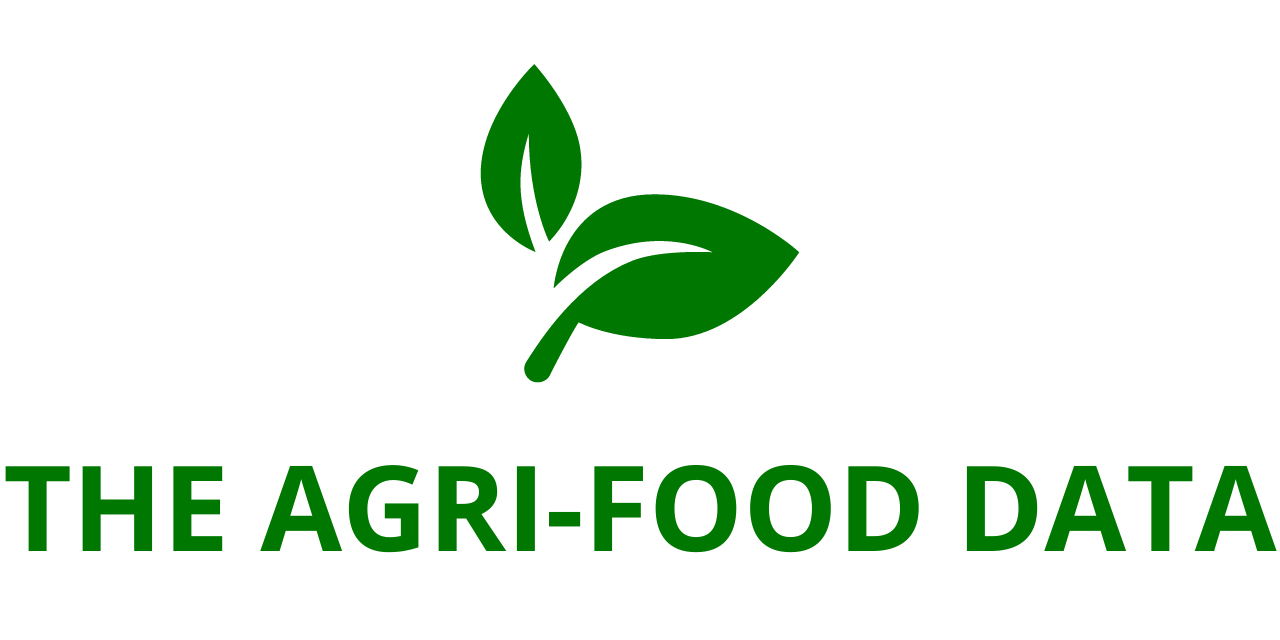
U.S. Agricultural Tractor Market Forecast 2025–2033
A new report titled “U.S. Agricultural Tractor Market Analysis: Trends, Demand, and Forecast” has been released by ResearchAndMarkets.com, offering an in-depth look at the growth trajectory of the country’s agricultural machinery sector. According to the study, the U.S. agricultural tractor market is forecasted to expand from US$ 20.73 billion in 2024 to US$ 32.1 billion by 2033, growing at a compound annual growth rate (CAGR) of 4.98% between 2025 and 2033.
This growth underscores the ongoing transformation of American farming, where technological innovation, labor shortages, and sustainability demands are reshaping how tractors are designed, purchased, and deployed in fields across the nation.
Regional Market Dynamics
Demand for tractors in the U.S. is far from uniform, with adoption patterns varying significantly from state to state. In leading agricultural hubs such as Iowa, California, and Texas, tractor sales remain strong due to the diversity of crops grown, larger farm sizes, and greater levels of mechanization. These states also serve as bellwethers for national demand, as farmers in high-production regions often adopt new technologies earlier than smaller or less mechanized operations elsewhere.
The market is also witnessing a notable rise in small and compact tractors, which offer flexibility for a wide range of farm types. These machines are especially appealing to small-scale farmers, specialty crop growers, and operations in peri-urban or high-value crop regions. Their adaptability, coupled with lower upfront costs, makes them a popular choice even as larger and more powerful models remain essential for expansive row crop operations.
Role of Technological Advancements
Technological innovation continues to be a defining driver of market growth. Tractors today are no longer just mechanical workhorses; they are digital and automated platforms capable of integrating precision agriculture tools, telematics, and artificial intelligence. These advancements have improved fuel efficiency, reduced emissions, and enhanced accuracy in critical tasks like planting, spraying, and harvesting.
For instance, automated steering systems and GPS-guided operations allow farmers to reduce overlap in fieldwork, saving both time and inputs such as seed and fertilizer. Telematics provide real-time monitoring of tractor performance and maintenance needs, ensuring better asset management and minimizing downtime. As farms grow in scale and complexity, these digital features are increasingly viewed as necessities rather than luxuries.
The trend toward farm consolidation is further amplifying demand for larger, more powerful machines. With the average U.S. farm size rising from 463 hectares in 2022 to 464 hectares in 2023, tractors capable of handling bigger workloads efficiently are in high demand. Farmers managing expansive operations are particularly drawn to row crop tractors, which can cover larger acreage with reduced manual intervention.
One notable example of technological advancement came in August 2024, when AGCO Corporation launched its Fendt 600 Vario Series tractor in North America. The award-winning model, recognized with an AE50 innovation award, was designed to combine high performance with adaptability, meeting the evolving needs of diverse farming operations.

Key Growth Drivers
- Labor Shortages and Rising Costs
Persistent labor shortages remain a pressing issue for U.S. agriculture, with over 40% of farmers reporting difficulties in hiring sufficient workers. Compounding this issue, agricultural labor expenses rose 7.2% in 2023, adding financial strain to already tight operating margins. Tractors serve as a crucial solution by reducing dependence on manual labor, enabling farms to sustain productivity despite limited workforce availability. By enabling faster, more efficient fieldwork, mechanization is helping farms maintain output levels while minimizing delays caused by labor shortages. This is particularly important as food demand grows in tandem with population pressures. - Adoption of Precision Agriculture
Precision agriculture has emerged as a major trend reshaping farming practices. By incorporating GPS, IoT devices, sensors, and AI, farmers are able to apply water, fertilizer, and pesticides with far greater accuracy. This results in higher yields, reduced waste, and lower environmental impact. The USDA reported that 27% of U.S. farms had implemented precision agriculture techniques by 2023, highlighting the rapid pace of adoption. Farmers now leverage data analytics and automation to monitor soil health, crop development, and weather patterns in real time, improving decision-making while aligning with sustainability goals. - Government Support and Incentives
Federal and state governments continue to play an influential role in equipment modernization. In 2023 alone, government-backed tractor loans reached $12.5 billion, marking a 22% year-over-year increase. These subsidies and low-interest financing options are particularly beneficial for small and medium-sized farmers who might otherwise struggle to afford advanced machinery. By lowering the financial barrier to entry, government programs support broader adoption of efficient, sustainable, and climate-smart farming technologies.
Market Challenges
While growth prospects are strong, the U.S. agricultural tractor market also faces challenges:
- Regulatory Compliance and Environmental Standards
Tractor manufacturers must comply with increasingly stringent emissions regulations targeting carbon dioxide, nitrogen oxides, and particulate matter. Achieving compliance requires costly investments in research, engine redesign, and exhaust treatment systems. These added costs often trickle down to farmers, raising the price of equipment and potentially limiting adoption. Furthermore, the process of certification and testing before new tractor models can enter the market introduces additional delays and expenses, adding pressure on manufacturers to balance innovation with regulatory compliance. - Economic Uncertainty and Volatility
Tractor demand is highly sensitive to shifts in the broader economy. Fluctuations in commodity prices, trade policies, and raw material costs can influence farmers’ purchasing decisions. For example, rising steel or fuel prices can increase tractor production costs, which may discourage upgrades or new purchases. Similarly, uncertainty surrounding interest rates or potential recessions may cause farmers to delay investments in new machinery. This cyclical vulnerability requires tractor manufacturers to remain agile in adjusting production volumes and pricing strategies.





